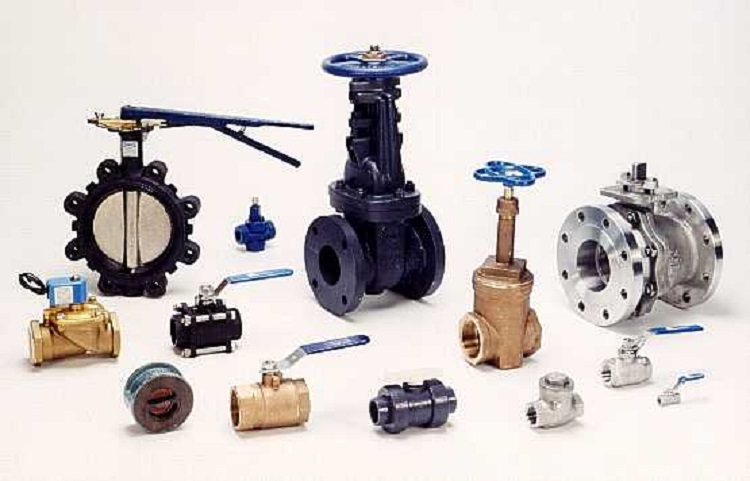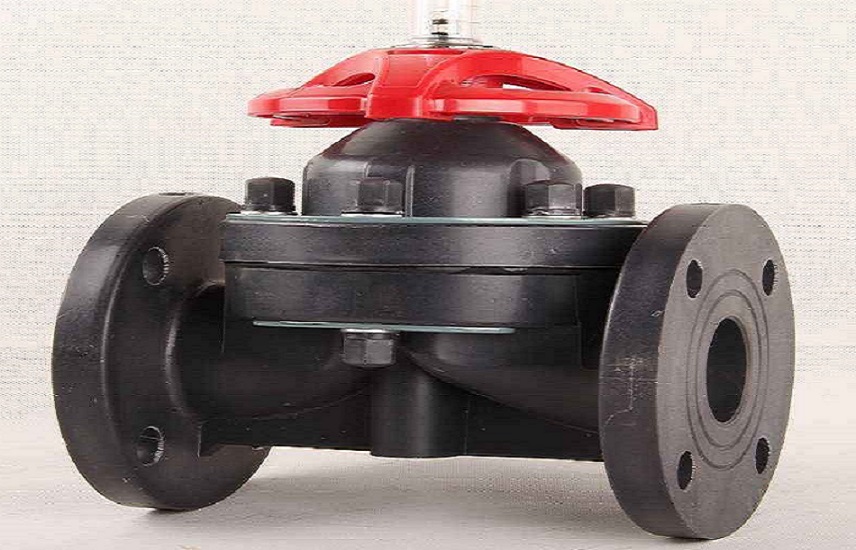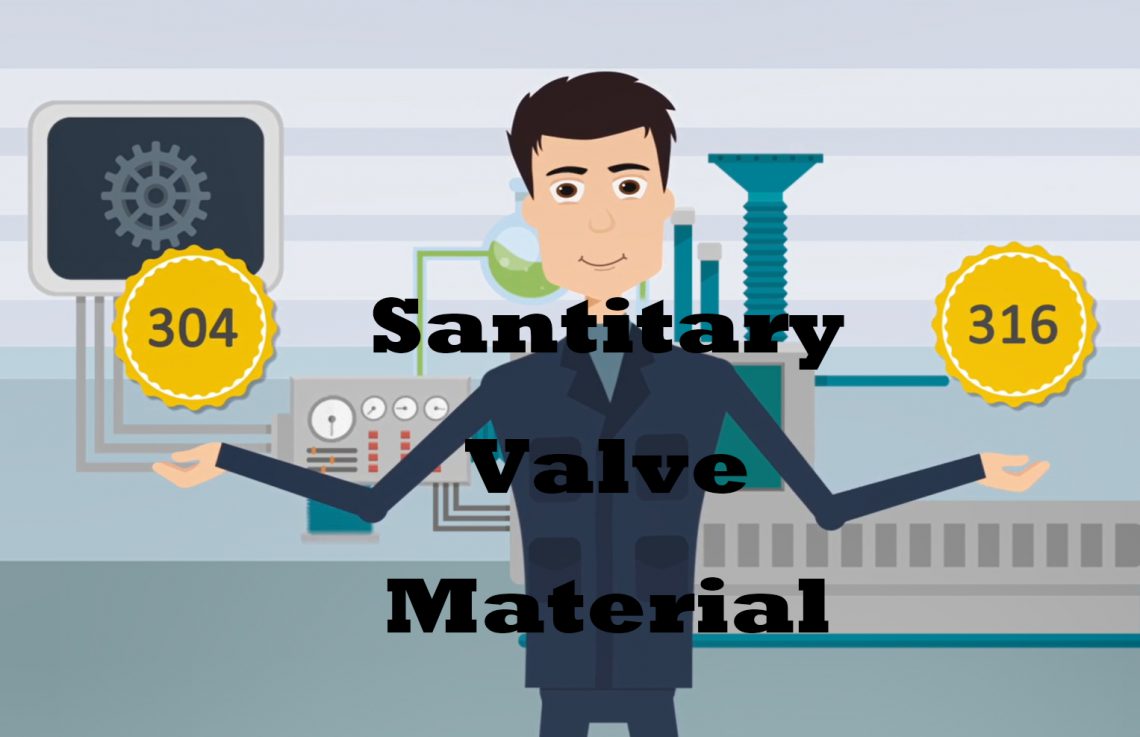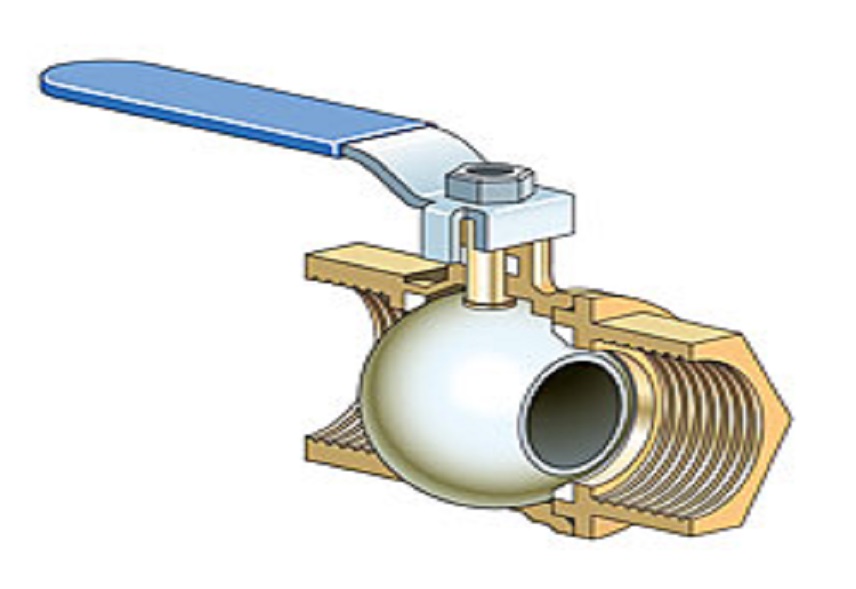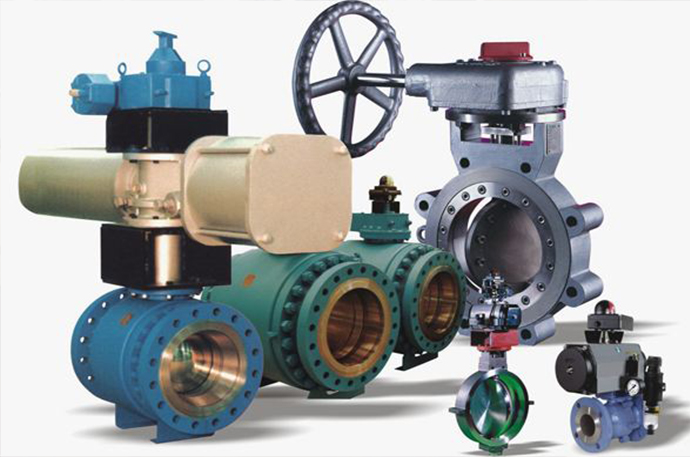Similarly with ordinary valves, sanitary valves can be categorized into sanitary sanitary butterfly valve, ball valve, sanitary check valve and so on. Sanitary butterfly valve Sanitary butterfly valve is a special type of sanitary valve because of its charming name. It gets its name due to its similar appearance with the butterfly. The structure of sanitary valve is simple. It controls the flow by rotating about the axis in the cylindrical passage of the butterfly valve body. When the disc reaches 90°, the valve is fully open; and when the disc reaches 0°, the valve is closed. Sanitary ball valve Sanitary ball valve is a common type in our life…
-
-
An overview of Diaphragm Valves
The diaphragm valve, structurally different from the general valve, is a special type of shut-off valve. Its opening and closing member is a diaphragm made of soft material (elastic, corrosion-resistant, non-permeable material such as rubber and plastic), which separates the valve body cavity from the bonnet cavity and the driving member. Diaphragm valves can be used for low pressure, low temperature, corrosive and suspended materials. They have the advantage of simple structure, good sealing and anti-corrosion performance, and low fluid resistance, so it is widely used in various fields. Diaphragm Valve Classification -According to the structure, there are ridge type, cut-off type, ram type, etc.; -According to the driving method,…
-
How to choose the different steel materials of sanitary valves?
Nowadays, 304 and 316 stainless steel are the two most popular materials for making sanitary valves. For normal customers who are not very familiar with the sanitary valve materials, 304 steel and 316 steel are just different in their “numbers”. But the difference between them can be huge. Please read on to know which kind of sanitary valve material to choose. Usually, stainless steel products contain a mixture of elements including: Chromium, Nickel, Carbon and Manganese. That accounts for why 304 stainless steel and 316 stainless steel look so similar. When it comes to the difference in their structure, 316 Stainless Steel has the same chemical composition as 304 steel…
-
How to measure whether the valve meets the standard?
The valve is a control component in the fluid delivery system and has functions such as cut-off, regulation, diversion, prevention of backflow, regulation, shunting or overflow relief. Next, let Admant Valves teach you how to identify whether the valve meets the standard. Swith The switch control of the valve is the first to be tested, because it directly affects a series of processes such as production and transportation. If there is a problem with the switch control of the valve, then this valve is considered a failure and cannot be shipped from the factory under normal circumstances. The switching control of the valve is usually tested by means of a…
-
Seven tips to help you better maintain your valves
The valve is a control component in the fluid delivery system. It has functions such as cut-off, regulation, diversion, prevention of backflow, shunting or overflow relief. Valves can be used to control the flow of various types of fluids such as air, water, steam, various corrosive media, mud, oil, liquid metals and radioactive media, and are widely used in our daily life as well as various industries. In order to extend the service life of the valve, we need to do a good job in the storage of the valve. Next, Adamant Valves will tell you how to keep the valve. The purpose of good storage of the valve is…
